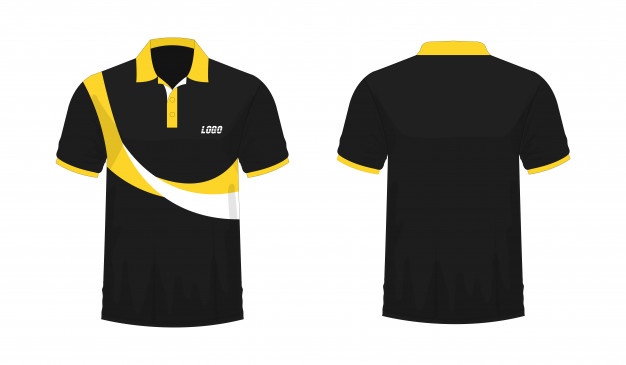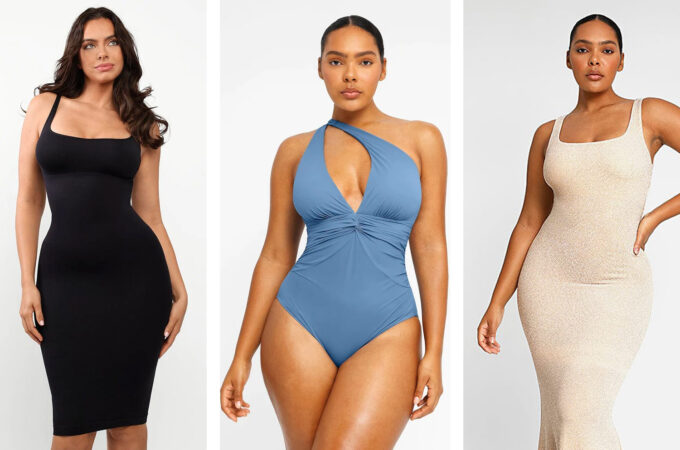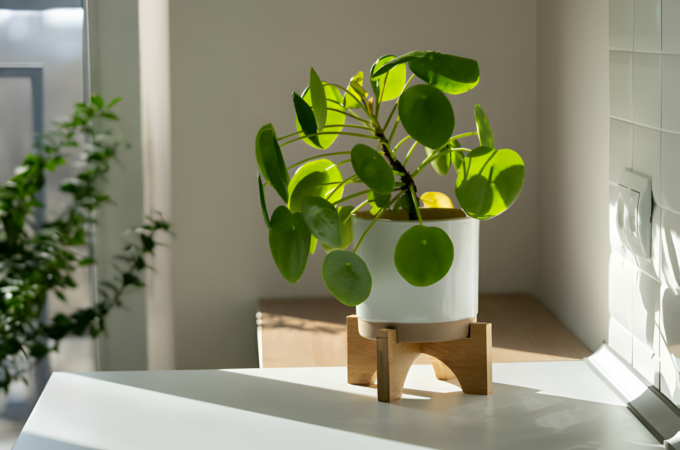
5 Pro-Tips to Designing Custom Uniforms
The practice of using custom uniforms for teams, companies, and even social groups has been around since anybody can remember. It is an effective way of saying that a group of individuals belong to the same group or company. It is also a great way to express unity and teamwork.
What most people don’t realise is there is also a lot of thought and consideration that goes into the creation of customised uniforms and outfits. Aside from the colour choice, some teams also need to choose a logo to place on their uniform and visualise a final look that they would want for their attire.
That said, what are some of the key details that should be considered when designing custom uniforms?
- Fabric
There are different kinds of fabric that you can use when creating a uniform for your team, company, or group. Some of the most common types of fabric used in custom uniforms are nylon, cotton, fleece, polyester, and knitwear. Polyester is the best choice of fabric for sports teams or uniforms worn during team exercises and physical activities. For groups whose tasks involve exposure to the outside environment and weather changes, nylon should work for them. If your custom uniform is more casual, such as a team shirt or hoodie, you can choose between fleece and cotton.
- Colour and logo
It would be ideal for getting creative and brainstorming on a colour theme and a logo. The colour will be the dominant shade for the uniforms while the logo or the team name will be used to adorn the attire. Think about what makes your team unique, what the purposes for creating the group are, or what common aspects you share with each member. The best part about creating a logo is it represents the entire group as a single entity.
- Size and measurement
What use would a gorgeously designed customised uniform be if it does not fit the wearer at all? Before you get started with sewing the uniforms, take the exact measurements of each team member and include these details with the logo design, pattern and colours for the uniform. After all, you wouldn’t want to see shirts, jackets, or jerseys falling loosely or wrapped uncomfortably tight around any of your members.
- Durability and quality
Not all custom uniforms are worn repeatedly. Some are worn for a specific event, while some are worn regularly. Uniforms that only need to be worn once need not be made of expensive material. You can reuse these uniforms at home or put it up for donation if you are not using it anymore. But, if your uniform is something that needs to be worn regularly, it is best to invest in high-quality fabric and have it sewn by a professional. In this manner, the garment will last longer and will be more resistant to wear and tear.
- Symbolisms and similarities
At times, it is unintentional that some logos appear to be identical. To ensure that you will not come across as a copycat, an offender of a specific group or belief or a promoter of violence, nudity and other inappropriate and deeply disturbing topics, do extensive research on your logo design and colour choices. Make sure that it does not bear any resemblance to any existing group or party to avoid any misunderstandings in the future.
Creating custom uniforms is fun. It is also a great way to bond with your co-workers, teammates, or friends.


